nossos filmes
No Comments
By Tangerina
On 12, Dec 2016 | No Comments | In documentaries series | By Tangerina
Rua! (2013)
The series “Rua!” discuss matters of urbanization, leisure, memory, the right to the city and diverse forms o public space occupation, recreating emotional bonds between the city and its inhabitants revealing new ways of creating and thinking the public space. The episodes have an average duration of 10 minutes.
-
a production Department of Human Rights of Sao Paulo City Hall
realization Tangerina Entretenimento
premiere December 10th, 2013
TV series
documentary
10 minutes each
2013
-
directed by Tata Amaral
co-directed by Francisco Cesar Filho and Caru Alves de Souza
treatment Tata Amara, Caru Alves de Souza and Eloá Chouzal
cinematographer and camera operator Léo Ruda, Manoela Cardoso, Thaisa Oliveira and Pedro Pipano
2nd camera operator Aloísio Araújo, Edson Spitaletti and Manoela Cardoso
editing Luiz Felipe Moreira Paulin, Alexandre Lima, Osmar Junior and Fernando Lopes
editing assistant Marina Spelzon
color Alexandre Lima and Marina Spelzon
music André Whoong
research Eloá Chouzal
executive producer Caru Alves de Souza
production manager Angelina Trevisan and Thais Morresi
mixing Pedro Noizyman
making of director Francisco César Filho
making of camera operator Aloísio Araújo, Edson Spitaletti and Manoela Cardoso
making of editing Fernando Lopes, Marina Spelzon and Tunay Canepari
teaser editing Otavio Nagano and Osmar Junior
communication coordinator Francisco César Filho
finalization Luiz Felipe Moreira Paulin and Marina Spelzon
vignette
art director and original conception Sato do Brasil and Murilo Thaveira – Casadalapa
animation Átila Fragozo – Casadalapa
sound Pedro Noizyman – Casadalapa
tangerina entretenimento’s crew
finance department Ana Kormanski
producer Karen Nakamura
financial Luiz Armando Cosenza
intern Gui Valentim
-
6emeia
The artistic duo utilizes as support for their artistic interventions the urban furniture: gullies, sewers, DMV control boxes. The name 6emeia, is an allusion to the time both hands on a clock point down, where the artists directs the view of the public.
ATELIÊ AZU
In the heart of Santa Inês slums, in Ermelino Matarazzo (east side of São Paulo), the plastic artist Elcio Torres created the Ateliê Azu, the intends to teach the artisanal technique of the tile. The initiative also applies those tiles in streets of the community, changing the texture of the streets and stairs creating boulevards, naming streets and modifying the public space and recreating the meaning of the streets.
CARRO PLANTA
If the city of São Paulo has approximately seven million private cars driving and its roads leave few spaces for the living together between people. the Carro Verde, intervention by the BijaRI group, revitalizes the public space when they transform an abandoned car into a boulevard.
ESQUADRÃO DAS DRAGS
The provocative performance of awareness and prevention with youngsters by a group of four drag queen that acts as a goodness squad, specially on sundays at Largho do Arouche a traditional LGBT place in the city.
FEIRA DA RUA COIMBRA
The Bolivian community represents one of the biggest groups of immigrants of the city of São Paulo and for more than 20 years organizes the Bolivian Fair of Coimbra Street, in the neighborhood of Bras, that, until today wasn’t legalized. The initiative brings a piece of Bolivia to the community, apart from the traditional foods and beverages it is an important meeting point.
GRUPO XIA DE TEATRO
The theatre group and it’s play “Estrada do Sul”, played at Vila Maria Zélia (the first workers village in Brazil, in Belezinho neighborhood) and addresses the urban mobilization that is the first order of business in modern cities.
HORTA COMUNITÁRIA DA VILA POMPÉIA
A small terrain where once was only grass and garbage and now there are fowers, spices, vegetables, a “geladoteca” (a mix between a freezer and a library), urban art, furniture and people. The Horta Comunitária da Vila Pompéia became a self-supported space for familiarity and it’s initiative breaks the big city pattern where everyone ins closed inside their private walls and resignifies the shared work and community life.
ILÚ OBÁ DE MIN
The carnival block composed by women and lead by Beth Beli, rescues the african culture traditions. With songs composed by themselves, 130 women on the drums and dancers representing African Deities, they go through the streets of downtown São Paulo opening the carnival of the city gathering thousands of people on the streets.
IMARGEM
The group of artists Imargem acts from the margins of the Billings reservoir, south side of São Paulo, and creates graffiti and sculptures with residues and objects found on the way, it is interventions the provoke the look of the populations and public power to see the city.
LARGO DA BATATA
The episode documents two actions. The first is from the groups “Boa Praça”, headed by Raimundo Nóbrega that creates comfortable urban furniture. Installed next to the bus stop at Largo da Batata, they were immediately occupied by citzens. The other performance is the group “A Batata precisa de Você”. Weekly the invite other groups and activists and realize artistic occupations, social occupation and leisure in the boulevard, rebuilding the imaginary of people and the enormous boulevard almost completely deserted.
MICRORROTEIROS
Laura Guimarães hears stories and compresses them into short screenplays the size of a tweet printed on colorful posters that she spreads through downtown São Paulo. To find one of them is an invitation to imagination, an experience of interpretation and the possibility to resignify the public space and daily life.
TANQ_RosaChoq_
Paulinho in Fluxus is one of the artists and activists behind this “tank” – a supermarket trolley with an apparatus of a pink plastic cannon – an aesthetic gun from the street manifestation of São Paulo, a fragile and strong device in pink that goes through the city, a political and poetical intervention.
VAGAS PARA CARROÇAS
São Paulo produces 18 thousand tons of garbage per day and only 2% of this is recycled , being the unregistered garbage collectors responsible for 90% of the recyclable material pick up. It is estimated that in the city are around 20 thousand unregistered garbage collectors. A initiative from the Vila Mariana neighborhood creates the first parking spot for wagonettes used by these collectors of the city and in here we find they in the context of the daily life of this garbage collectors.
-
-
- Episode 1
- Episode 2
- Episode 3
- Episode 4
- Episode 5
- Episode 6
- Episode 7
- Episode 8
- Episode 9
- Episode 10
- Episode 11
- Episode 12
- Episode 13



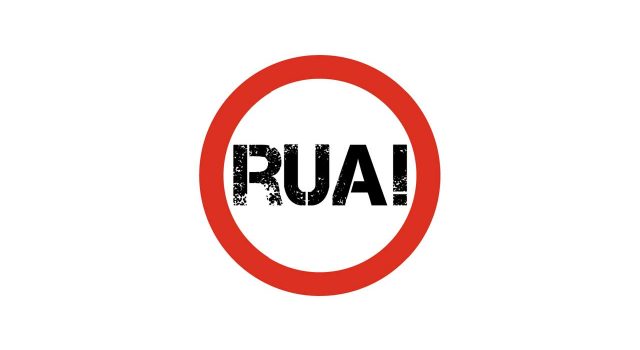



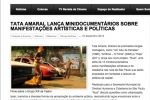

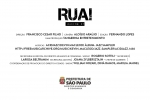



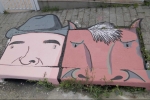
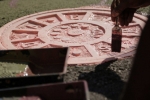

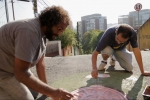
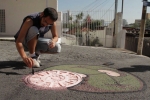


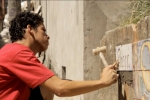
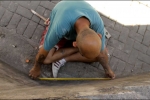
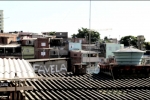

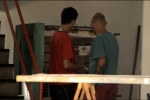
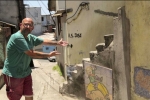
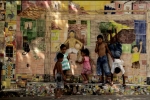
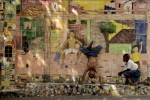


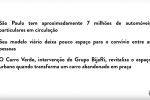

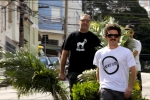


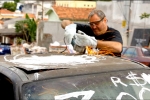
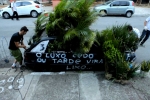
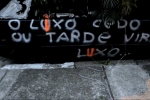



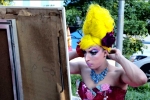

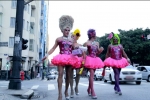
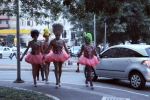
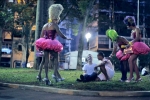
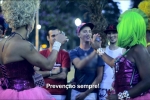

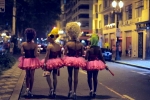



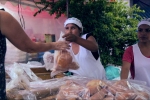

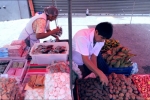
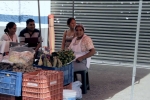
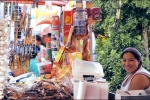
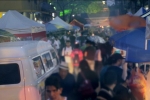



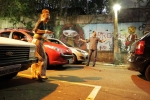

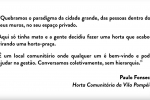
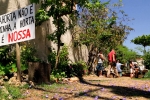
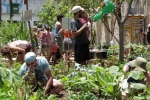


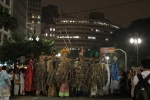
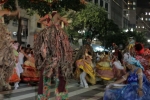




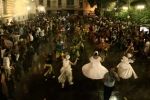






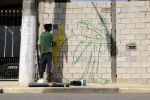
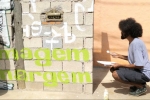

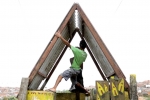
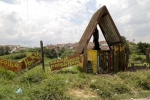
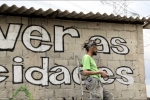
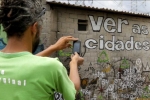
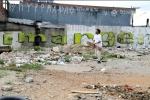
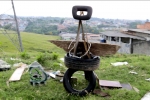
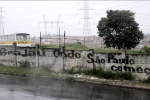





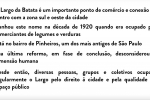
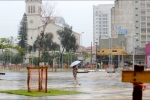
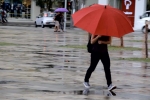
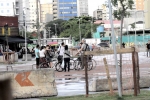
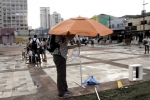
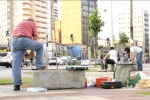
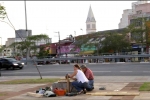
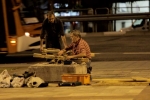
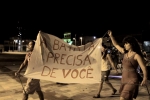
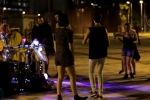


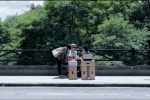



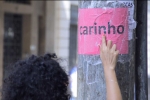
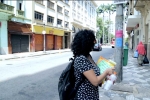
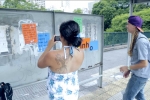
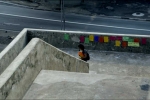
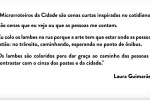
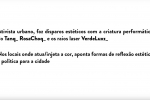
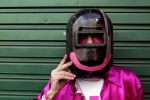



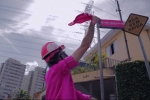
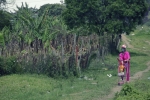
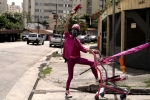
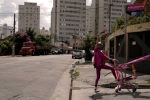

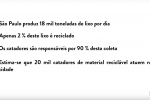
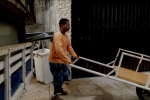


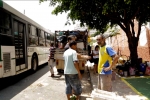
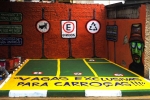
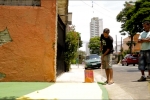
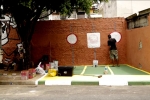

Submit a Comment